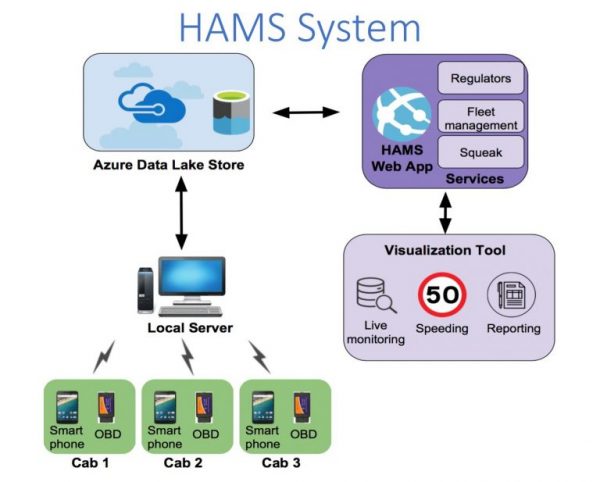With an estimated 1.25 million fatalities each year, road accidents are definitely right up there when it comes to the top causes of deaths in the world. It is particularly important to know, middle-income and low-income countries bear a disproportionate burden of these road accidents and fatalities.

Putting India into focus, Microsoft says that over 20% of the world’s road fatalities are in India. With one in every 4 minutes, it is a matter of growing concern for everyone concerned with humanitarian efforts. And yes, the lives lost also mean a huge economic burden on the country. There are essentially three factors that determine the level of road accidents in a country – roads, vehicles, and people. And, after numerous efforts, there is still a long way to go when it comes to improving these factors in India.
Microsoft is thus working towards developing a virtual harness for vehicles using low-cost sensing devices that communicate with a cloud-based controller. The concept is based on a dashboard-mounted smartphone and an OBD-II scanner for sensing, with an Azure-based backend for aggregating, analyzing, and visualizing data.
The sensors used by HAMS include the front-camera of the smartphone that looks at the driver, the back camera that looks out to the front of the vehicle, the phone’s GPS & inertial sensors, and the OBD-II scanner, which provides information on the vehicle’s health. Raw data from these sensors has helped built detectors for various events of interest including driver distraction, fatigue, etc. and also for vehicle ranging, to determine whether a safe separation distance is being maintained.
The tech giant has, in fact, start testing the prototype of their product through a dozen office cabs that work with their Microsoft Research office in Bengaluru. Gathering thousands of kilometers of data through this testing, Microsoft is working on improving and refining the final product within the next months.
Leave a Reply